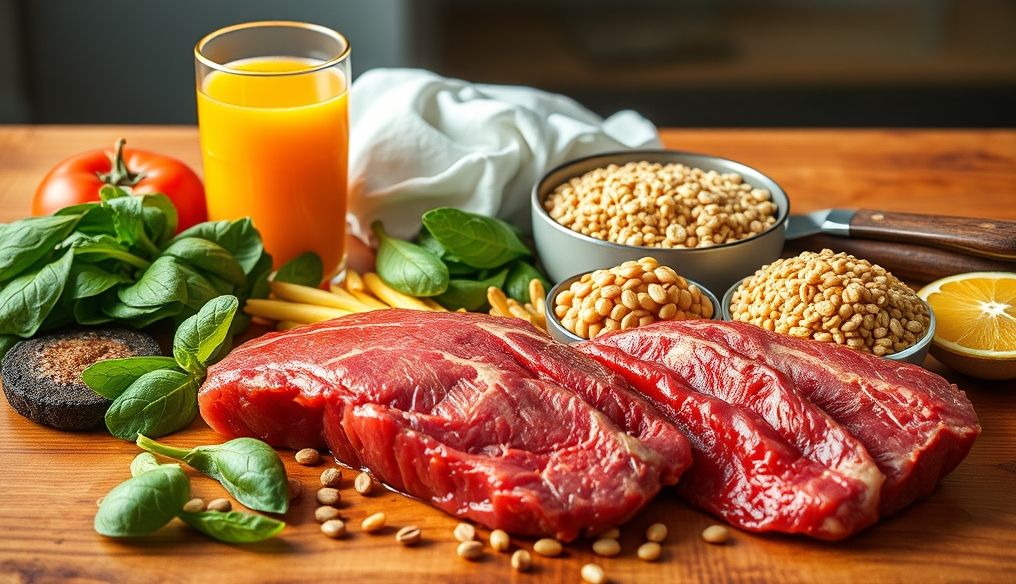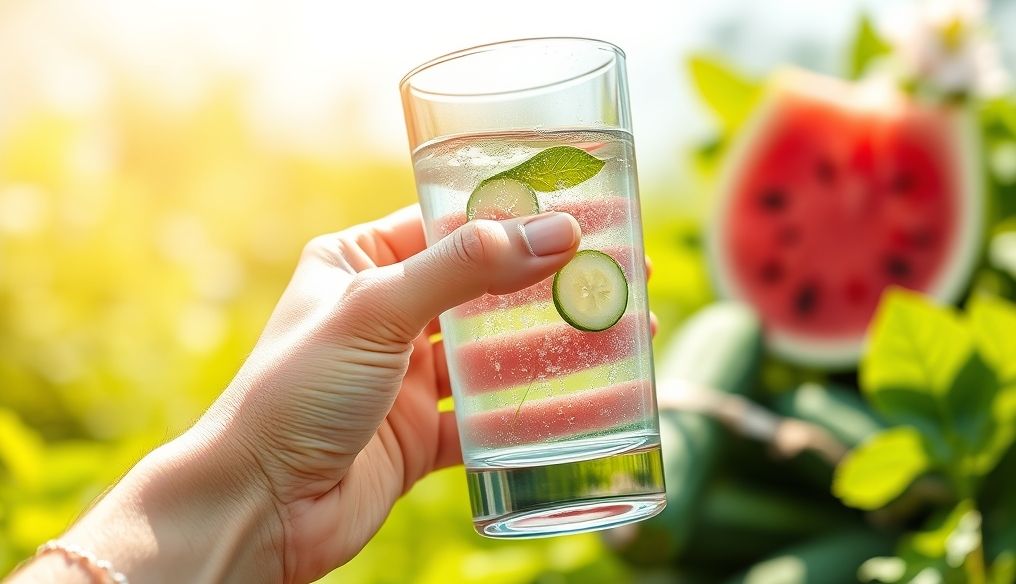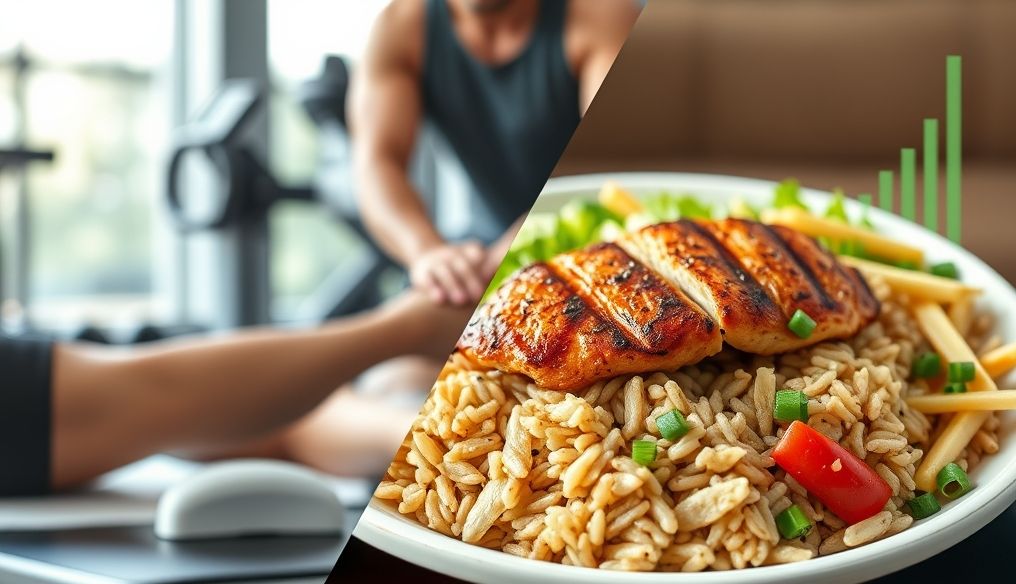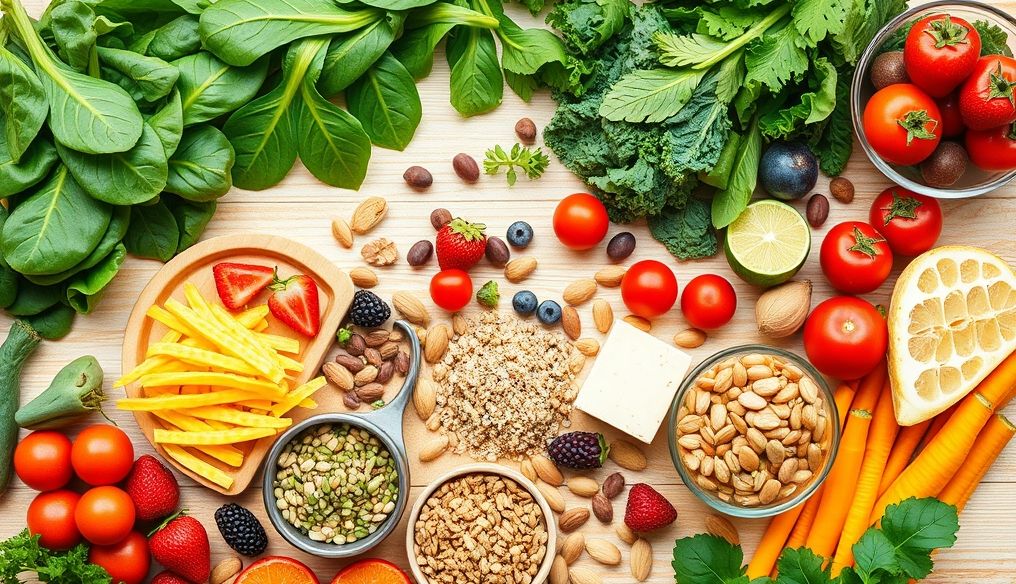What is Iron Deficiency Anemia?
Iron deficiency anemia is a condition that occurs when the body doesn't have enough iron to produce hemoglobin, the protein in red blood cells that carries oxygen throughout the body. This can lead to fatigue, weakness, shortness of breath, and other symptoms.
Symptoms of Iron Deficiency Anemia
- Fatigue and extreme tiredness
- Pale skin
- Shortness of breath
- Dizziness and lightheadedness
- Headaches
- Cold extremities
- Brittle nails
- Hair loss
- Inflammation of the tongue
- Difficulty concentrating
Why is Iron Important?
Iron is essential for the production of hemoglobin and myoglobin (a protein that stores oxygen in muscles). It also plays a role in many other enzymatic processes in the body.
Types of Iron in Food
There are two main types of iron in food:
- Heme iron: Found in animal products such as meat, poultry, and fish. Heme iron is more easily absorbed by the body than non-heme iron.
- Non-heme iron: Found in plant-based foods such as leafy green vegetables, legumes, and fortified cereals.
Best Iron-Rich Foods for Treating Anemia
1. Red Meat
Red meat, especially beef and liver, are excellent sources of heme iron. They contain a high percentage of iron and are easily absorbed.
Tip: Choose lean cuts of meat to reduce saturated fat intake.
2. Poultry
Poultry, such as chicken and turkey, also contains iron, but in smaller amounts than red meat. Dark meat (like the thigh) contains more iron than white meat (like the breast).
3. Fish and Seafood
Fish, especially oysters, sardines, and tuna, are good sources of iron. They are also rich in omega-3 fatty acids, which are beneficial for heart health.
4. Dark Leafy Green Vegetables
Dark leafy green vegetables such as spinach, kale, and arugula are good plant-based sources of non-heme iron. However, the absorption of non-heme iron is less efficient than heme iron.
Tip: Eat leafy green vegetables with a source of vitamin C to enhance iron absorption.
5. Legumes
Legumes such as lentils, beans, and chickpeas are rich sources of iron, protein, and fiber. They are an excellent choice for vegetarians and vegans.
Tip: Soak legumes before cooking to reduce the phytic acid content, which can hinder iron absorption.
6. Nuts and Seeds
Nuts and seeds such as pumpkin seeds, cashews, and almonds contain good amounts of iron. They are a healthy and nutritious snack.
7. Fortified Cereals
Many cereals and breakfast foods are fortified with iron. Check the nutrition labels to choose cereals that are high in iron.
8. Dried Fruits
Dried fruits such as raisins, apricots, and prunes contain iron. However, they are also high in sugar, so they should be consumed in moderation.
How to Enhance Iron Absorption
- Eat foods rich in vitamin C: Vitamin C helps convert non-heme iron into a form that is easier for the body to absorb. Eat foods rich in vitamin C such as citrus fruits, bell peppers, and strawberries with iron-rich foods.
- Avoid iron absorption inhibitors: Some substances can hinder iron absorption, such as phytic acid found in legumes and whole grains, tannins found in tea and coffee, and calcium found in dairy products. Try to avoid consuming these substances with iron-rich foods.
- Cook food in iron cookware: Cooking food in iron cookware can increase the iron content of the food.
When to See a Doctor?
If you think you have iron deficiency anemia, it is important to see a doctor to diagnose the condition and determine the underlying cause. Your doctor may recommend a blood test to determine your iron levels and may prescribe iron supplements if necessary.
Conclusion
Iron deficiency anemia can be treated with a diet rich in iron-containing foods. Be sure to include a variety of iron-rich foods in your diet, such as red meat, poultry, fish, dark leafy green vegetables, legumes, nuts, and seeds. In addition, eat foods rich in vitamin C and avoid iron absorption inhibitors to enhance iron absorption.




